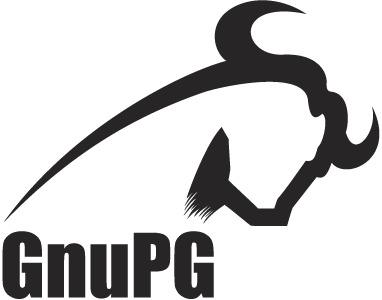In a symmetric cipher, both parties must use the same key for encryption and decryption. This means that the encryption key must be shared between the two parties before any messages can be decrypted. Symmetric systems are also known as shared secret systems or private key systems.
Symmetric ciphers are significantly faster than asymmetric ciphers, but the requirements for key exchange make them difficult to use.
In an asymmetric cipher, the encryption key and the decryption keys are separate. In an asymmetric system, each person has two keys. One key, the public key, is shared publicly. The second key, the private key, should never be shared with anyone.
When you send a message using asymmetric cryptography, you encrypt the message using the recipients public key. The recipient then decrypts the message using his private key. That is why the system is called asymmetric.
Because asymmetric ciphers tend to be significantly more computationally intensive, they are usually used in combination with symmetric ciphers to implement effect public key cryptography. The asymmetric cipher is used to encrypt a session key and the encrypted session key is then used to encrypt the actual message. This gives the key-exchange benefits of asymmetric ciphers with the speed of symmetric ciphers.
DES and AES / Rijndael are symmetric ciphers. RSA and Diffie-Hellman are asymmetric ciphers.





sahar
love the science